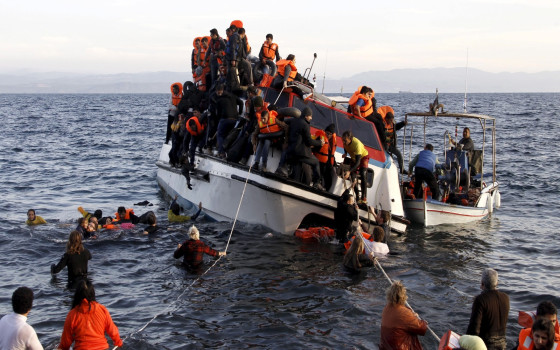
IOM calls on international community not to allow Sahara and Mediterranean to turn into mass graves

- Europe and Arabs
- Tuesday , 1 October 2024 12:15 PM GMT
New York: Europe and the Arabs
The Director of the International Organization for Migration’s office in New York stressed that the international community should not allow the Sahara and the Mediterranean “to continue to turn into mass graves for migrants” and called for urgent and joint efforts to ensure durable solutions for “forcibly displaced” migrants and refugees. According to the UN daily news bulletin
In his speech to the Security Council yesterday, Monday, Bar Liljert said that despite the enormous risks, migrants and refugees will continue to “search for a future in Europe,” while Libya remains a critical transit point.
He said that despite the significant decrease in the number of arrivals from Tunisia and Libya on the Central Mediterranean route, migrants are taking more dangerous routes to reach Europe, as evidenced by the sharp increase in the number of arrivals on the Atlantic route.
Liljert indicated that more than half of the migrants interviewed by the organization in Europe were subjected to at least one type of abuse, violence and exploitation. He added that there are far greater numbers of women and children coming from Sudan to Libya, which is “leading to the emergence of new forms of trafficking along the route, not least sexual exploitation and child labour.”
According to the IOM Missing Migrants Project, at least 1,450 deaths have been documented in the Mediterranean, including 1,121 deaths on the Central Mediterranean route.
The head of the organization’s New York office explained that while this represents a decrease in the number of deaths on the route during the same period last year, “the death rate compared to total crossing attempts is actually higher.”
He also noted that while data on deaths and disappearances on the ground is difficult to collect, at least 152 people have died while trying to cross the Sahara Desert to reach Libya, mainly due to vehicle accidents, drought, harsh environmental conditions and violence.
Lillegart urged the international community to focus on saving lives, including by ensuring that search and rescue operations are immediately activated in all cases of distress, whether on land or at sea.
He added that Libya is not considered a safe place for disembarkation, as migrants and refugees face “various human rights violations, including detention, torture and trafficking, and are at risk of being re-smuggled.”
He also called for a comprehensive approach to address the root causes of migration and asylum and to enhance regional cooperation and solutions. “We must go beyond reactive measures and develop a comprehensive strategic approach on the route that addresses the negative drivers of irregular migration,” he said.
Mr. Liljegert also strongly encouraged countries to expand humanitarian pathways for those still in need of safe refuge, which would save lives and provide orderly migration operations that reduce the risks associated with irregular migration.
For his part, the Director of the United Nations High Commissioner for Refugees in New York, Sivanka Dhanapala, said that UNHCR is working with its partners to implement a pathway-based approach aimed at enhancing access to protection along key routes, which represents a shift towards more humane “but also effective responses by the State, to achieve better outcomes for people on the move and affected communities and States, and to create alternatives to dangerous journeys.” The challenges do not start in North Africa, Mr. Dhanapala stressed, noting that UNHCR has registered more than 350,000 refugees and asylum-seekers so far this year, many of them Sudanese refugees, seeking protection in North Africa.
He said more than 97,000 Sudanese refugees have arrived in Libya since April 2023, with more expected to arrive with the recent escalation of the conflict there.
At the same time, he said many of the challenges reported last year remain, including the very limited possibility of securing the release of those in need of international protection and inconsistent access to detention centres, where conditions remain “of grave concern.”
Addressing the challenges
The UNHCR Director in New York said addressing the challenges requires a major shift in approaches to ensure a more comprehensive response to mixed movements, as outlined in the pathway-based approach.
“This includes recognizing the importance of the right to seek asylum at borders, without being violently pushed back or pushed back. Individuals should not be prevented from seeking protection under international human rights and refugee law. The pathway-based approach also calls for the establishment of appropriate, legal and essential migration pathways to sustain economies and social systems, and for adequate entry points for migrants as well as complementary pathways for refugees,” he said.
Dhanapala called for ensuring respect for fundamental human rights, refugee and migrant protection rights, and enabling refugees to access international protection wherever they are. He reiterated UNHCR’s call for “renewed and concerted efforts” to strengthen search and rescue capacity and implement effective and predictable disembarkation mechanisms in the Central Mediterranean.
“Saving lives at sea and providing humanitarian assistance is a fundamental obligation of humanity, and those who rescue or assist in good faith should not be punished,” he said.
He called for the prosecution of smugglers and traffickers and the protection of victims. He also urged all States to strengthen investments in development and integration in countries of asylum and transit, remove barriers to access to family reunification, and expand resettlement quotas for refugees in countries along major routes, including in North Africa. He also stressed the urgent need to address the main drivers of these movements, which include conflict, political instability, poverty and climate change.
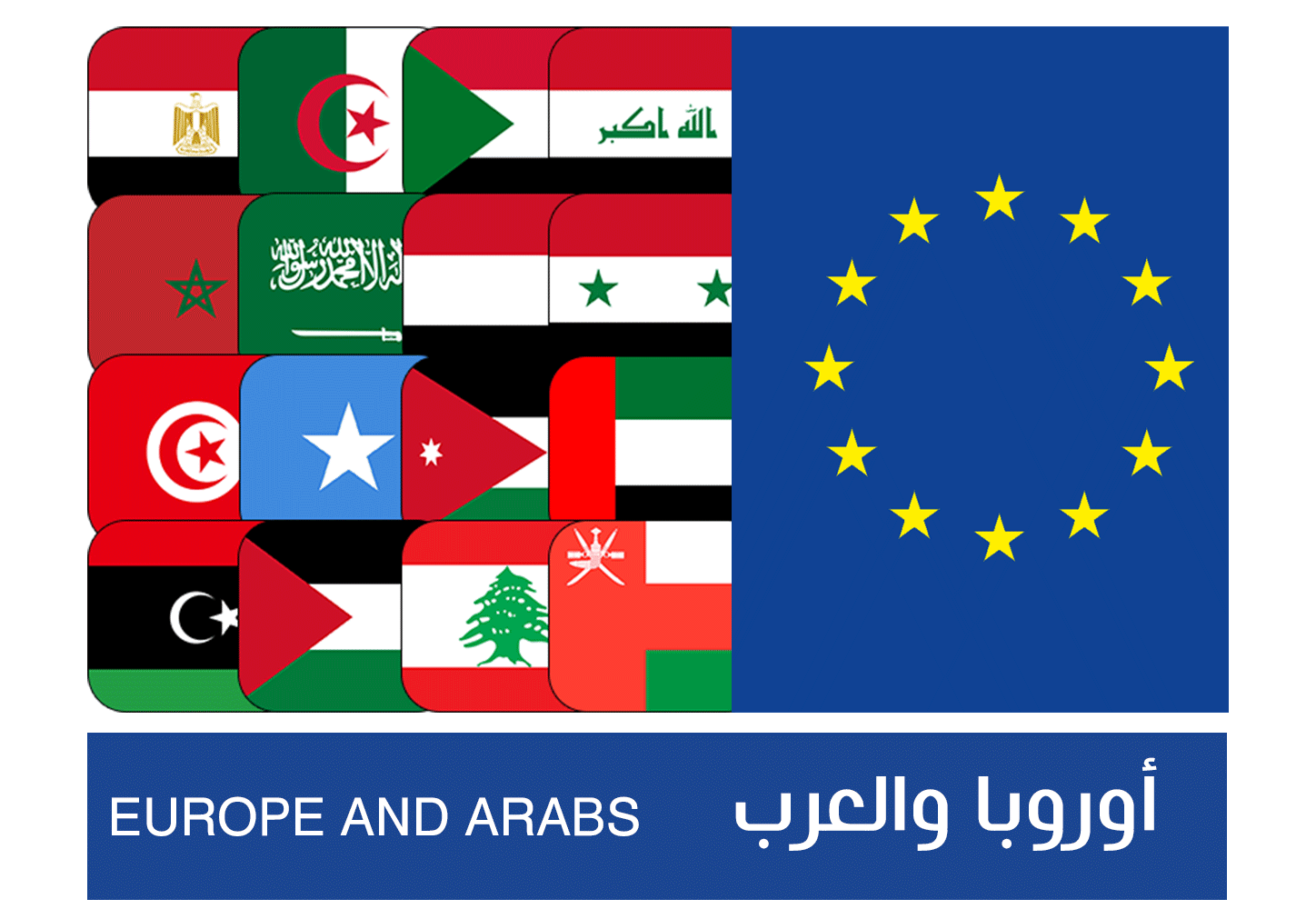

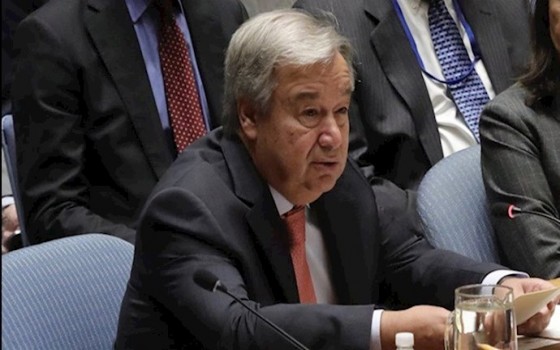


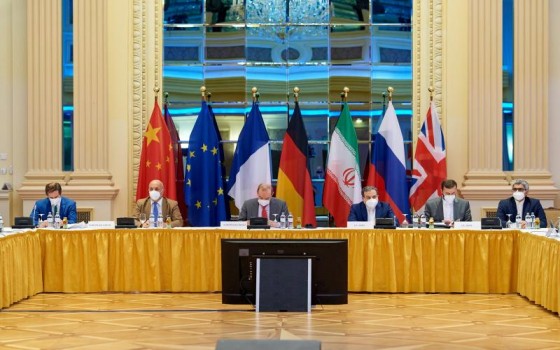

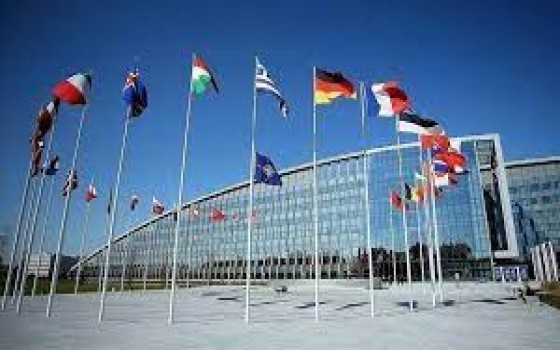

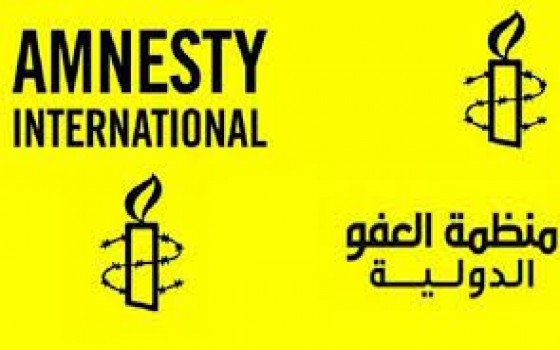
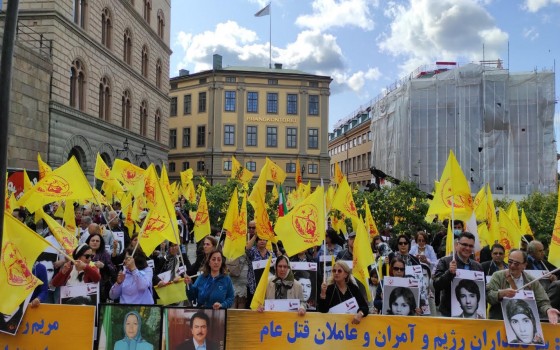

No Comments Found